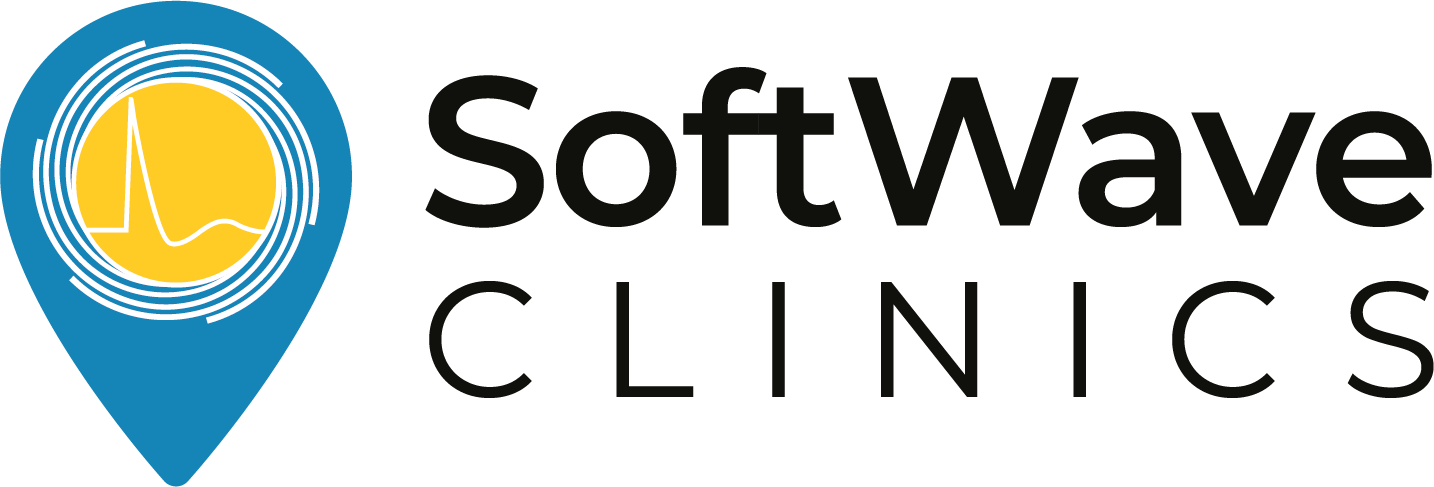Shock wave treatment of muscle cells
Introduction
Shock waves have recently been exploited for treatment of skeletal muscle especially in the elderly as they can suffer from muscle waste resulting in a high socioeconomic burden.
Material and Method
Murine C2C12 & human C25 myoblasts and primary murine muscle stem have been subjected to shockwave treatment (SWT). Cells were treated in vitro using the dermagold 100 device (MTS). Cells were subjected to different energy flux densities, ranging from 0.04 to 0.19 mJ/mm², at a constant number of 100 pulses. The immediate and short them effect of SWT on various signaling pathways and proliferation was investigated.
Results
SWT of myoblasts and muscle cells resulted in a higher proliferative capacity compared to their controls in an energy dependent manner. Additionally, signaling pathways known to be essential in regulating proliferation and differentiation were investigated. Our obtained data showed that the AKT mTOR axis seems to play a more pronounced role in muscle (stem) cells rather than MAPK signaling pathways.
Discussion
SWT on muscle cells has a beneficial effect on proliferation and distinct signaling pathways involved in biological processes. Whether various pathways in different species play diverse roles or whether two or more signaling pathways act in concert with each other needs to be further elucidated. A closer look into the activation machinery would give further insight into the effects of SWT on muscle. Finally, investigation of those treated cells in terms of their differentiation potential and regenerative capacity is needed to show the versatility of SWT for regenerative medicine approaches.
Conclusion
The beneficial effect of SWT could induce a new therapeutic application of shock waves for treating patients suffering from muscle waste, which are caused by the lack of functional muscle cells due to ageing.
Christiane Fuchs 1,2,3, Anna Weihs1,2,3, Dorota Szwarc1,3, Rainer Mittermayr3,4, Dominik Rünzler1,3, Andreas Teuschl1,2,3
Email: fuchsc@technikum-wien.at
1.Department of Biochemical Engineering, University of Applied Sciences Technikum Wien, Höchstädtplatz 5, 1200 Wien
2.City of Vienna Competence Team SignalTissue, University of Applied Sciences Technikum Wien, Höchstädtplatz 5, 1200 Wien
3. The Austrian Cluster for Tissue Regeneration
4. LBI for Experimental and Clinical Traumatology, Donaueschingenstrasse 13, 1200 Wien
Fuchs et al. 20th ISMST Congress in San Sebastian, Spain Abstract P29
